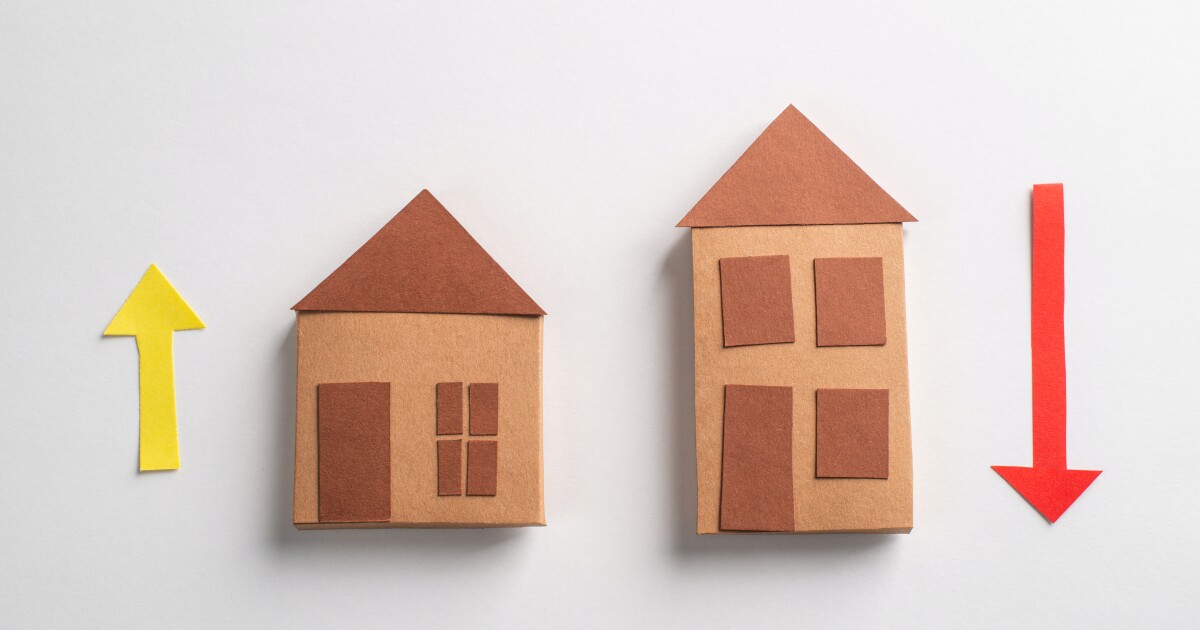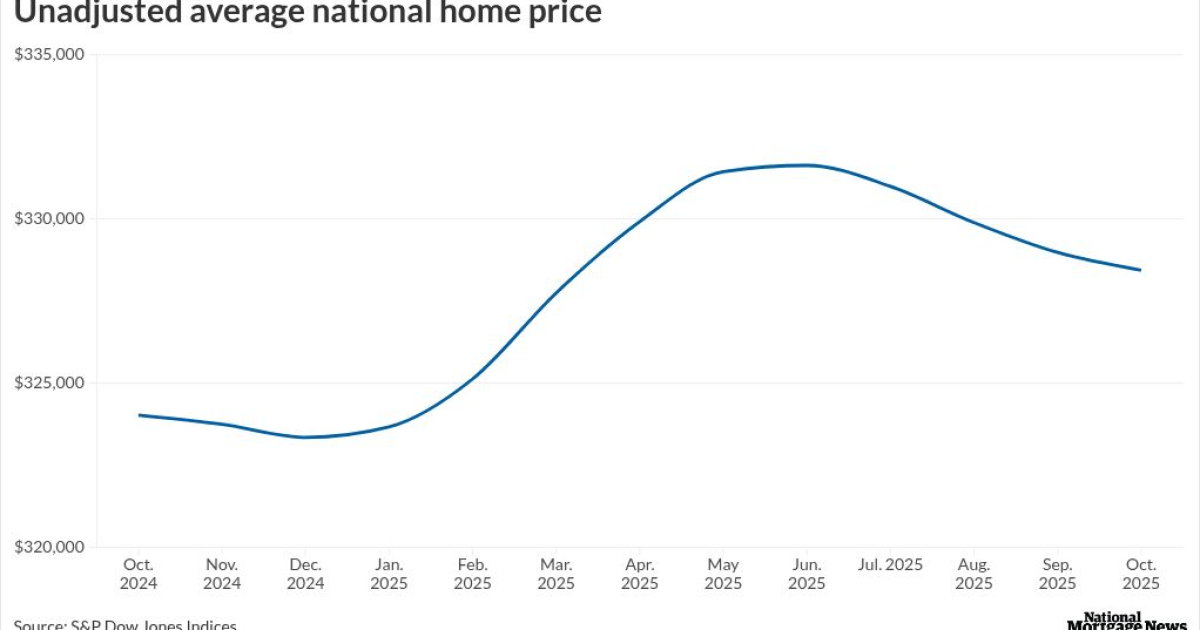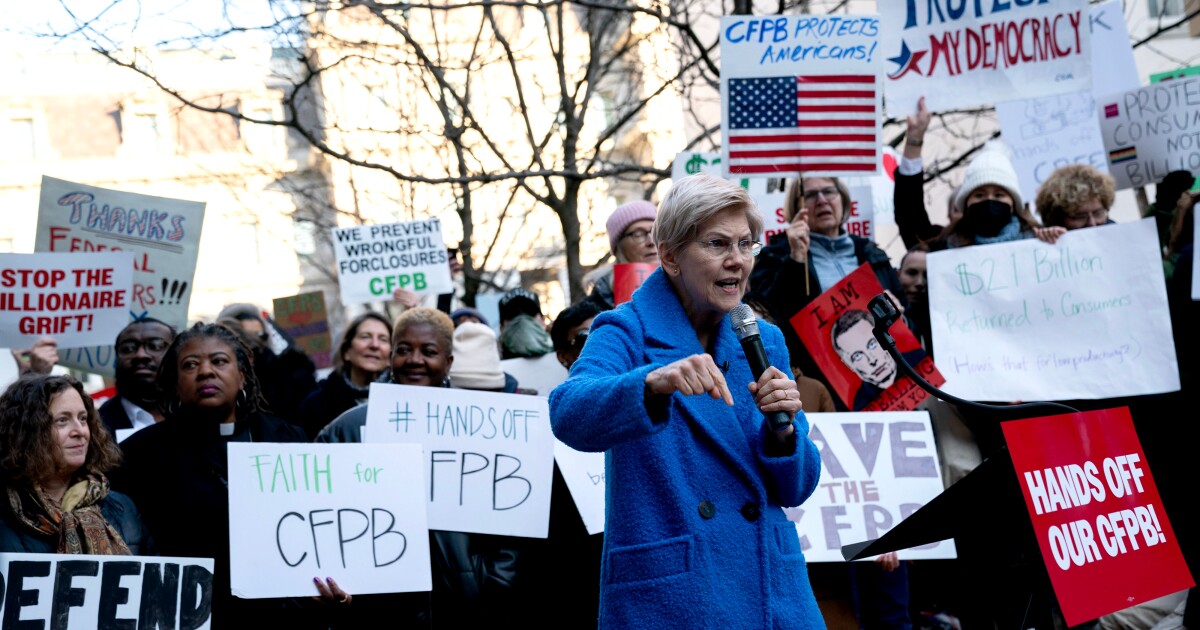
New securitization of home loans has, by and large, followed the primary market's patterns by trending lower this year, but certain niches could see gains in the future.
Private-label residential mortgage-backed securities are on track to end 2023 with about 60% as much issuance as last year at $59 billion year-to-date, a recent Structured Finance Association study shows. Agency issuance is running at a pace of about 50% of 2022's at $747 billion YTD.
While on its face the numbers don't bode well for economies of scale in a private-label RMBS market that's been a shadow of its former self since the Great Financial Crisis, with increasing questions about bank holdings of agency bonds this year, some see potential.
If new bank capital rules proceed for implementation by 2028, private securitization could get a lift, one speaker at the Mortgage Bankers Association annual convention told attendees this year.
"If an organization decides maybe we're going to do these loans but we're not going to keep them on balance sheet, we're going to sell them and we're going to find investors to buy them, then there will be a new private securitization market to come up with them," said Jay Blum, executive vice president, head of mortgage, Fifth Third Bank, during a panel discussion on the rules.
Also, anecdotal evidence suggests there have been year-over-year gains in securitizations backed by fixed-rate/hybrid home-equity lines of credit, despite some fluctuation in primary-market demand as rates overall have risen and spending on renovation has ebbed.
Roughly a year ago, HELOC securitizations were limited and largely unrated. This year, some companies have reported that they've brought multiple transactions to market with some rated classes. Consumer demand for debt consolidation and digital advances have fueled the trend.
Examples include a $173.6 million HELOC deal that an Achieve company managed. The deal, which Jefferies initially bought, was Achieve's third since 2022. Kroll Bond Ratings Agency reviewed it. Ratings ranged from a top AAA to a low-end investment grade BBB-.
Figure Technologies, a company developing blockchain technology in the space, also has been active in the secondary market for HELOCs.
"We've done two public securitizations. We're helping to develop the liquidity, ultimately, for sort of a future marketplace," said Jackie Frommer, head of lending at Figure.
There have been at least five transactions of this type in the last six months, according to Jim Jajtner, vice president, due diligence, Mphasis Digital Risk, who said he has worked on as many.
The fact that HELOCs can often be originated efficiently through automation has been a catalyst for growth, particularly for nonbanks.
HELOCs are often second liens simpler to originate than firsts because the primary mortgage establishes a lot of information. (They also may be considered exempt from ability-to-repay regulatory requirements, but players may still look to be compliant with ATR.)
"Last time I took out a home equity line of credit, it took 30 to 45 days from time-of-application to actually getting those funds. These digital companies right now, they're able to do it in a day," Jajtner said.
A big test for the HELOC securitization market is whether or not a technology player like Figure can lend enough momentum to it to spark a broader, self-sustaining trend among other lenders.
Right now, Figure originates on a direct basis as a check to make sure its own systems are working and has a white label program that acts as a correspondent. It also recently started a wholesale channel where it closes in its own name and launched a technology only offering where the lender using its automation can either hold the loan or decide to securitize it itself.
The company wants to position itself primarily as a provider of automation in the long term.
"A huge benefit of why people want to do business with us is because we've got the takeout and they don't have to worry about that right now. But ultimately … we want to enable people, we don't need to be the lender in the middle," Frommer said.



